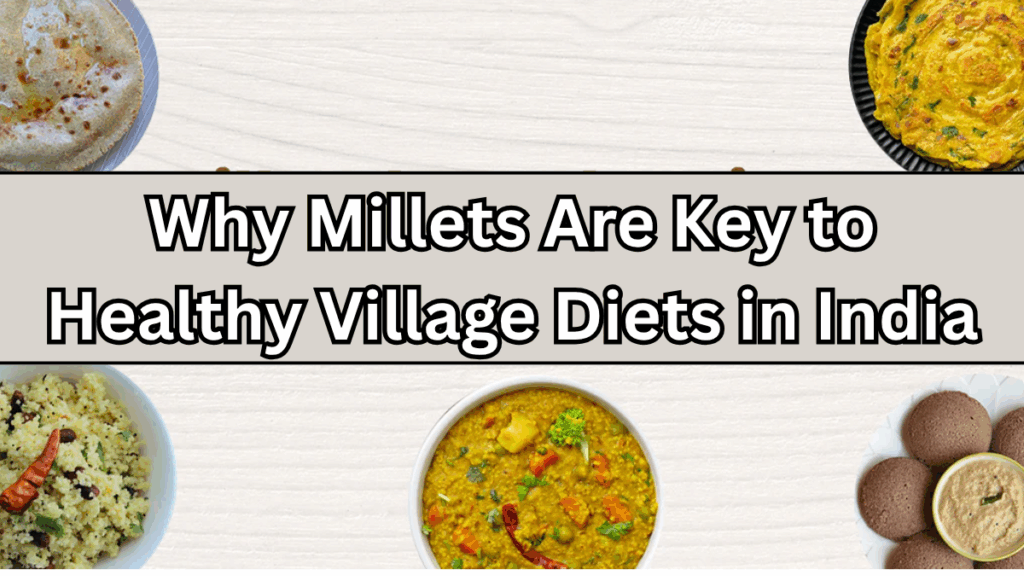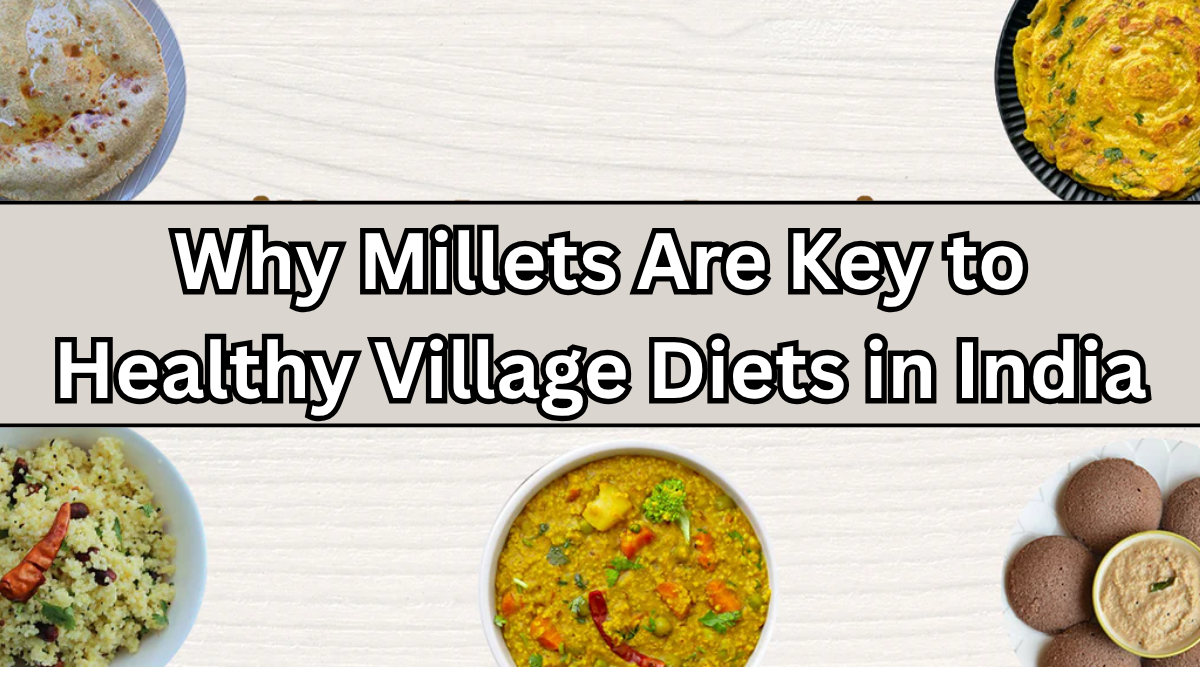In recent years, there has been a renewed interest in millet consumption in villages, and for all the right reasons. These humble grains, which once formed the backbone of traditional rural diets, are making a strong comeback in India’s food landscape. As more communities realize the importance of healthy grains for rural India, millets are being promoted not just as food but as a tool for better health, sustainability, and food security.

Why Millets Matter for Rural Diets
Millets are more than just grains—they are nutritional powerhouses. With a growing focus on rural health in 2025, the government and NGOs are encouraging farmers and villagers to bring back these traditional crops.
Here’s why they are becoming a staple again:
-
Nutrient-rich – High in protein, fiber, and essential minerals like iron, magnesium, and calcium.
-
Easy to grow – Require minimal water and can survive in tough climatic conditions.
-
Supports food security – Ideal for drought-prone and resource-limited areas.
-
Promotes better health – Help prevent lifestyle diseases like diabetes and heart issues.
Popular Millets in Village Diets
Villages across India are bringing back a variety of millets into daily cooking.
| Type of Millet | Key Health Benefits | Common Uses |
|---|---|---|
| Ragi (Finger Millet) | Rich in calcium and iron | Porridge, rotis, snacks |
| Jowar (Sorghum) | Good for heart health | Bhakris, dosas, khichdi |
| Bajra (Pearl Millet) | Boosts digestion, high in fiber | Rotis, laddus, khichdi |
| Foxtail Millet | Helps manage blood sugar | Upma, pongal, salads |
| Little Millet | High in antioxidants | Pulao, pongal, porridge |
How Millet Consumption Is Being Promoted in Villages
Efforts to revive millet consumption in villages are being implemented at multiple levels:
-
Government Programs – Distribution of millets under the Public Distribution System (PDS).
-
Awareness Campaigns – Workshops to educate villagers about the benefits of millets.
-
Inclusion in Mid-Day Meals – Schools serving millet-based dishes to improve children’s nutrition.
-
Farmer Support – Training and subsidies for millet cultivation.
Benefits of Millets for Rural India
Adopting healthy grains for rural India goes beyond personal health—it strengthens communities:
-
Reduces dependency on water-intensive crops like rice and wheat.
-
Encourages traditional, sustainable farming practices.
-
Enhances immunity and reduces malnutrition in children and elderly populations.
-
Generates better market opportunities for small-scale farmers.
FAQs
1. Why are millets called superfoods?
Millets are packed with essential nutrients, fiber, and antioxidants, making them a natural superfood that supports overall health.
2. How can villagers include millets in their daily diet?
They can be used to make rotis, porridge, khichdi, laddus, and even snacks like pakoras and dosas.
3. Are millets good for people with diabetes?
Yes, millets have a low glycemic index, which helps regulate blood sugar levels, making them ideal for diabetics.
4. What is the government doing to promote millet consumption in villages?
The government has introduced millet-based meals in schools, provided subsidies for farmers, and included millets in the Public Distribution System (PDS).
Click here to learn more
